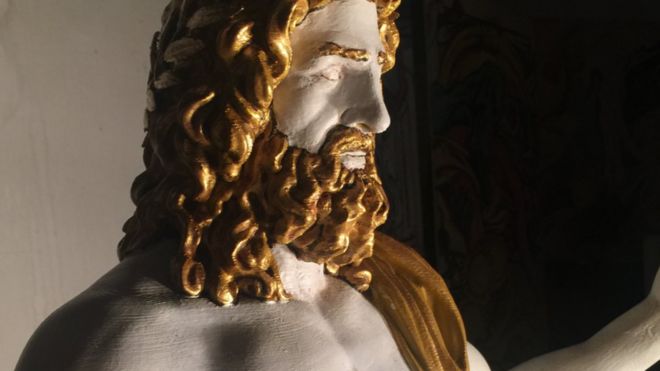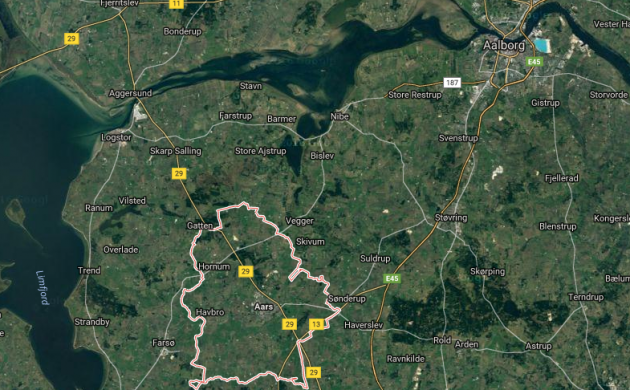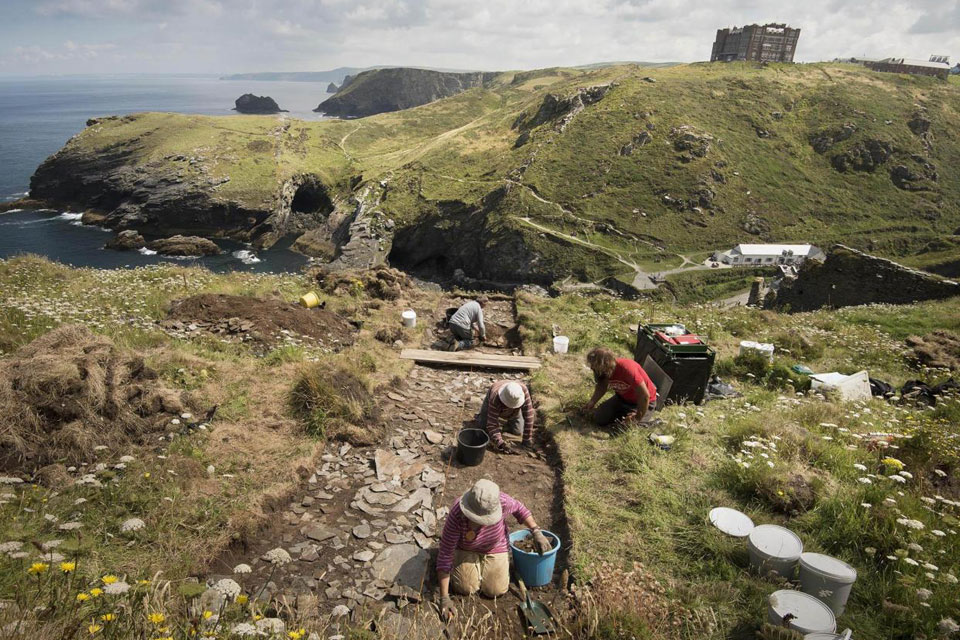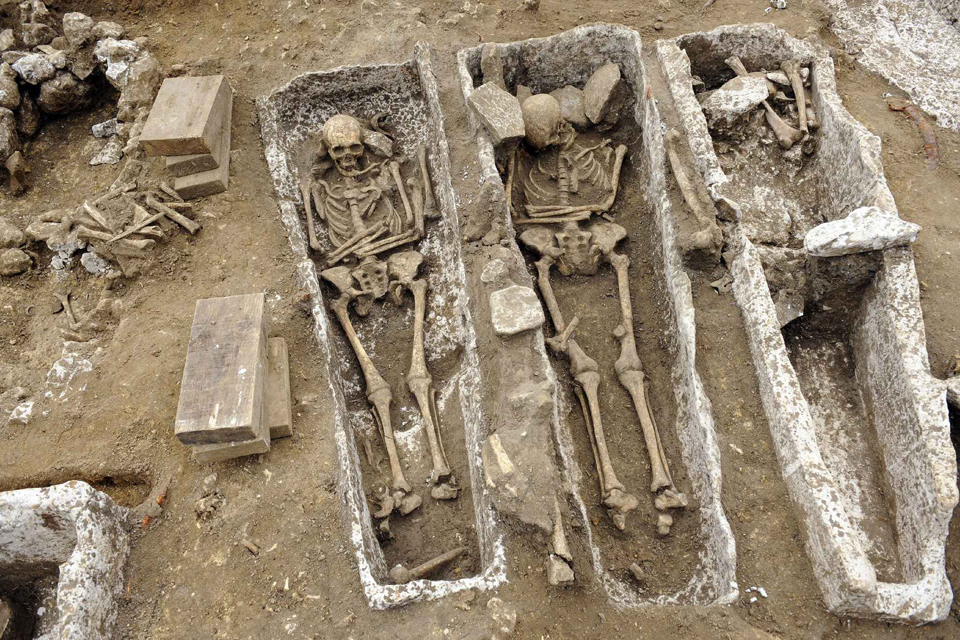The original statue was made of wood, ivory and gold but the recreation is entirely thermoplastics
An ancient Greek statue of Zeus has been recreated using 3D printing, after it was lost in the 5th Century.
One of the seven wonders of the ancient world, the statue of Zeus at Olympia was recorded only in descriptions and illustrations on coins.
3D printing firms Stratasys and 3DPTree made the recreation for the Millennium Gate Museum in the US city of Atlanta.
One expert in classical sculpture said 3D printing was a "powerful tool" for learning about lost artefacts.
The Greek statue was roughly 13m tall but the 3D-printed version stands at a more modest 1.8m.
Read the rest of this article...











